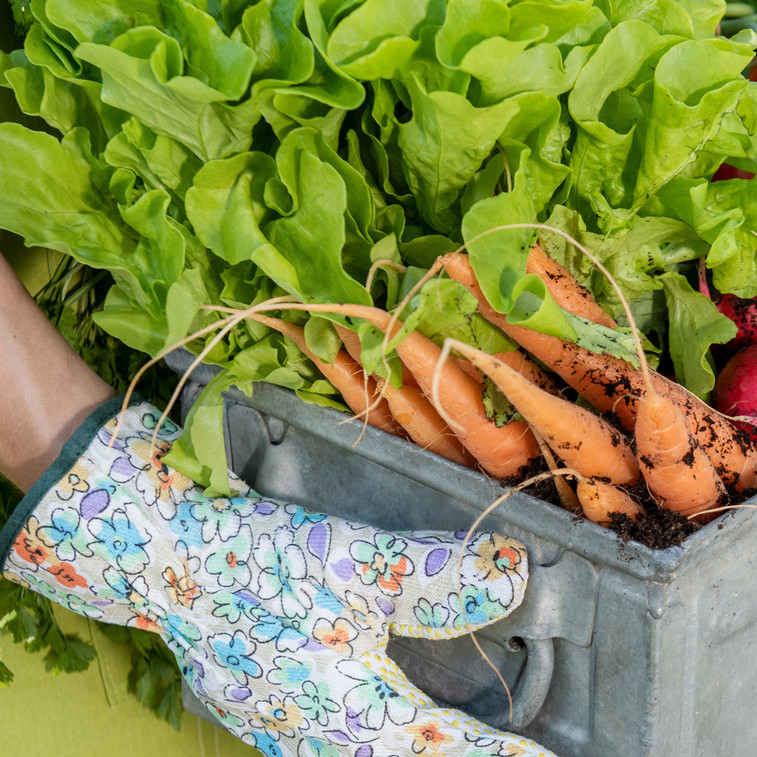
How to Grow Vegetables at Home
Posted by Dale Parsons on 15th Sep 2021
The COVID-19 pandemic has driven us into a period of unprecedented restriction – fraught with challenges such as loneliness and boredom from isolation and travel restriction; economic/financial pressures; access to fresh foods; and perhaps even the challenge of retaining our sanity and well-being.
Many folk have obviously already chosen to grow their own fresh food at home – judging by the empty seed-packet stands and seedling-punnet benches! The grow-at-home idea is great; it could well address more than one of the above challenges.
If you are new to the grow-at-home game, don’t feel daunted – we’d like to help you along with some simple guidelines and a few suggestions.
- If you don’t already have garden beds, you can grow most vegetables in containers (pots, growing bags etc.). We have a large range of suitable planting containers right here on our website.
- You’ll need to select a sunny spot. At least five hours of sunshine daily is best, although some leafy greens and herbs will grow well with less. If space is a constraint, e.g. for apartment dwellers, a lot can be grown on a sunny balcony.
- Needless to say, plants need something to grow in. An excellent suggestion is to use a ‘soilless’ premium potting mix (such as Searle’s Premium Potting Mix), or a coir-based medium – or a mixture of both. Coir has proved to be an excellent growing medium for most plants; it is available in compressed easy-to-handle blocks which expand on wetting. Just put a block in a wheelbarrow, soak it with the garden hose, and watch it expand into over 50 L of useable mix!
- Apart from water, plants need mineral nutrients which are taken up by the root system. A ‘sustained-release’ fertiliser (such as Osmocote Plus: Vegetable, Tomato, Herb & Garden Beds) will ensure a constant supply of nutrients throughout the growing period. A large product range is available – varying in both nutrient formulation and release times. We are happy to recommend what products will best meet the needs of different plants – and also to discuss a range of organic manure-based fertilisers (such as Organic Xtra), liquid foliar fertilisers, soil conditioners (such as Seaweed Master) etc.
- Purchasing small punnet-grown seedlings will give faster results, but growing from seed can be fun; it’s best to sow some varieties in your own punnets first, but some vegies can be sown direct into their final position. In general, follow the directions on the seed packet regarding best time of year to plant, depth to sow and spacing.
- You may also want to consider growing your plants and vegetables in a protected enviroment such as our Growrite Domestic Shadehouses and Protectagrow Tunnels.
Remember, we are here to help you through these challenging times; however, when things improve, it’s still best to grow your own!
